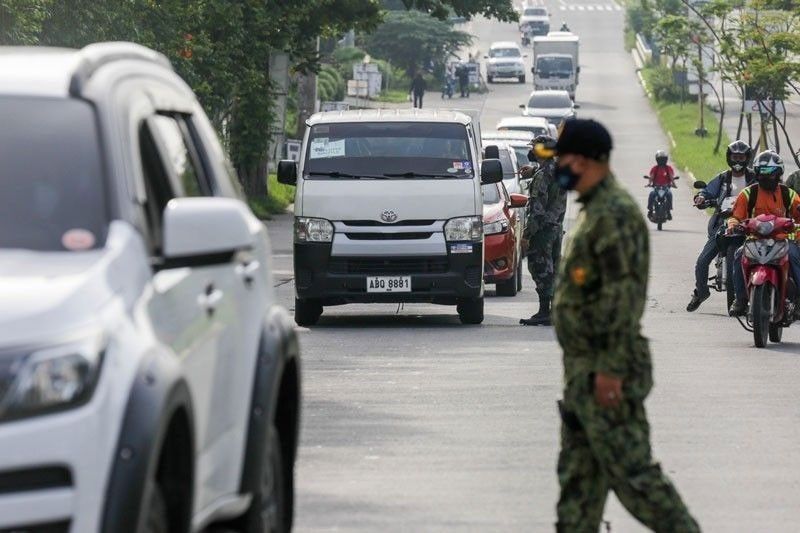MGCQ not an option for NCR Plus in June

MANILA, Philippines — Areas currently under general community quarantine (GCQ) cannot yet shift to the more relaxed modified general community quarantine (MGCQ), according to Health Secretary Francisco Duque III.
“We cannot yet shift to MGCQ. But we’ll see because the final recommendation will be discussed on Monday for June 1 to 30 before making a recommendation to the President,” he said in a radio interview.
From May 15 to 31, the National Capital Region Plus bubble, including the nearby provinces of Bulacan, Rizal, Laguna and Cavite, were under GCQ “with restrictions.”
According to Duque, the contribution of NCR to the case load of COVID-19 has decreased but the number of cases in other areas is on the rise – a situation he called “frightening.”
He cited Iloilo City, Puerto Princesa in Palawan, Calabarzon and some areas in the Visayas and Mindanao.
“These areas are contributing to our cases now. In NCR, the cases are declining although the case rates or what we call the daily attack rate is still high. We are not out of the woods yet,” he added.
Earlier, DOH chief epidemiologist Alethea de Guzman reported that all regions in the Visayas posted an upward trend in COVID-19 cases, with Western Visayas having the highest and fastest growth.
In Mindanao, Zamboanga Peninsula and Northern Mindanao had the highest spike in cases.
Six regions, meanwhile, have been observed as having rising usage of intensive care unit (ICU) beds for COVID-19 patients, according to Health Undersecretary Maria Rosario Vergeire.
At a briefing, Vergeire said 71 percent of ICU beds in the Cordillera Autonomous Region, Cagayan Valley, Caraga, Calabarzon and Central Luzon are occupied, while in Zamboanga Peninsula the figure is slightly lower at 70 percent. “They are all in high-risk level now,” she maintained.
- Latest
- Trending


























